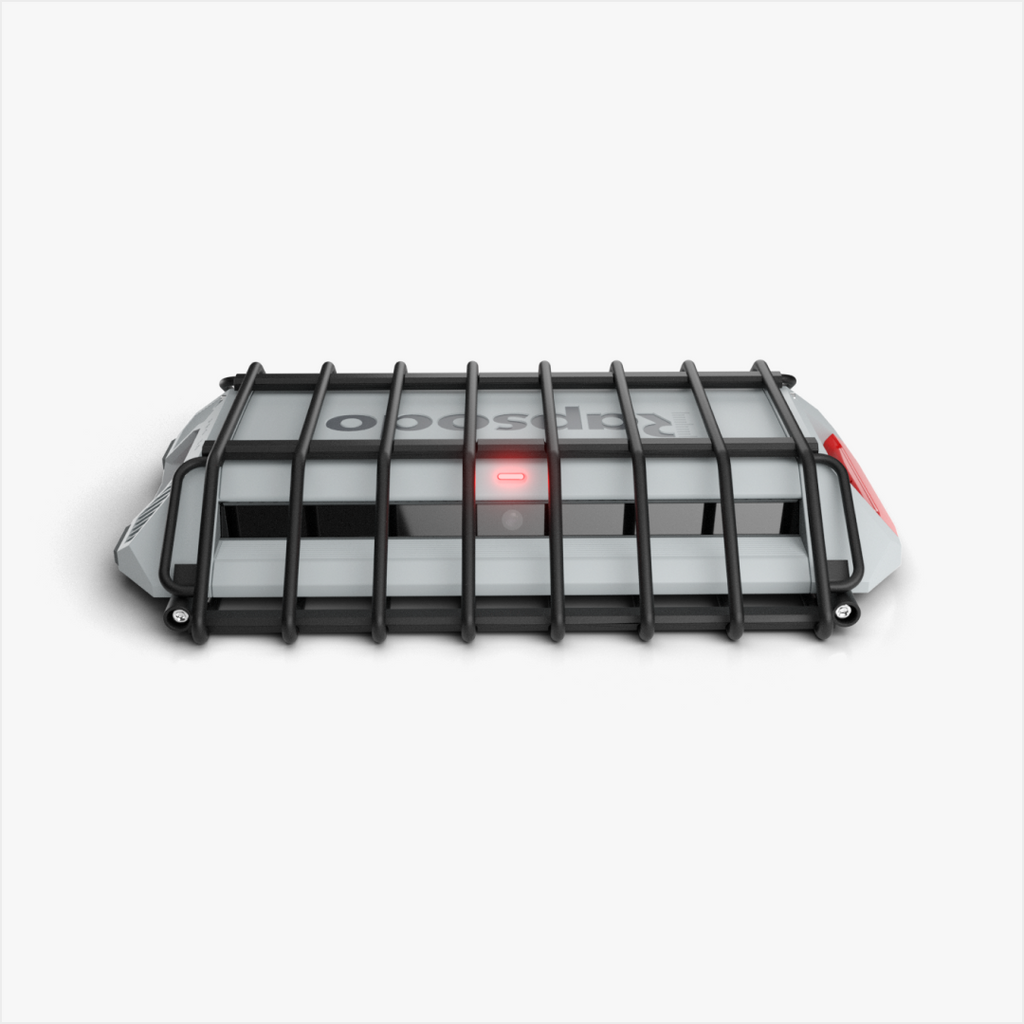Power isn’t just a coveted skill—it’s a necessity. But generating consistent power isn’t as simple as swinging harder or bulking up. It’s a science, and one that’s measurable through technology and data like Rapsodo.
Enter the Power Matrix, a tool designed to break down the elements of power hitting and help players maximize their potential.

But what exactly is the Power Matrix, and how can it be used to unlock hidden potential in hitters? Let’s dive into the metrics that matter, and how understanding them can elevate your game.
Defining Power: More Than Just Exit Velocity
When we talk about power in hitting, exit velocity is usually the first number that comes to mind. And for good reason—exit velocity has a direct correlation to hitting success.
According to MLB’s Statcast data, players who rank in the top 10% of exit velocity average around 93-95 mph. Compare that to the league average, which hovers around 88-90 mph, and it’s clear why exit velocity is a key factor in driving power numbers like home runs and extra-base hits.
But while exit velocity is a crucial piece of the puzzle, the Power Matrix goes beyond just how hard a player hits the ball. It takes a holistic view, factoring in launch angle, spin rate, and bat speed to create a comprehensive picture of a player’s power potential.
The ideal power profile for most hitters includes an exit velocity of at least 90 mph, combined with a launch angle between 25 and 35 degrees. Statcast shows that hitters who consistently hit balls within that launch angle range are producing the highest slugging percentages. In fact, batted balls within this range have an average slugging percentage of over .850.
Yet, despite these numbers, not every player is maximizing their power potential. That’s where the Power Matrix comes in, giving players and coaches the data-driven insights to optimize their swings and approach.
Launch Angle: The Key to Unlocking Power
Launch angle is another critical component of the Power Matrix. It represents the vertical angle at which the ball leaves the bat. While exit velocity measures how hard a ball is hit, launch angle measures how high or low the ball travels off the bat.
The ideal launch angle for power hitters varies depending on the type of hitter and their goals. For sluggers, a launch angle of 25-35 degrees is the sweet spot for generating home runs. In 2023, hitters with an average launch angle of 25 degrees or higher had a home run-to-fly ball ratio (HR/FB) of around 20%. This group includes some of the most prolific power hitters in the game, like Pete Alonso and Kyle Schwarber, who consistently lift the ball and drive it over the fence.
For line-drive hitters, a launch angle between 10 and 25 degrees is optimal. These players are less focused on home runs and more on driving the ball into the gaps for extra-base hits. Line drives are the most productive type of batted ball, with a league-wide batting average of .678 and a slugging percentage of .937 on line drives in 2023.
The Power Matrix helps hitters determine whether they’re consistently hitting balls in the ideal launch angle range for their profile. This data helps hitters make real-time adjustments and refine their approach to capitalize on their strengths.
Spin Rate: Controlling the Flight of the Ball
Spin rate is an often-overlooked factor when it comes to power hitting, but it plays a significant role in determining the distance a ball travels. Spin affects how the ball moves through the air—more backspin can lead to greater carry, while topspin can cause a ball to drop faster.

According to research by Driveline Baseball, balls with a backspin rate between 2,000 and 2,500 RPM (revolutions per minute) tend to travel the farthest, especially when combined with high exit velocities. For example, a ball hit with 2,200 RPM of backspin and an exit velocity of 100 mph can travel over 400 feet, making it a likely candidate for a home run.
The Power Matrix incorporates spin rate into its analysis to give players an understanding of how their bat path and contact point influence the ball’s flight. By tweaking their swing mechanics—such as adjusting their bat angle or point of contact—players can increase backspin and, in turn, boost their power numbers.
Putting It All Together: How the Power Matrix Creates a Roadmap for Success
The Power Matrix takes these core metrics—exit velocity, launch angle, spin rate, and bat speed—and blends them into a comprehensive power profile. By analyzing each factor and understanding how they interact, hitters can build a roadmap to optimize their swings and unlock more power.
For example, a hitter might discover that while their exit velocity is solid, their launch angle is too flat, leading to a high ground ball rate. Or maybe they’re hitting the ball at the right angles but with too little backspin, causing balls that should carry to fall short. The Power Matrix provides the data necessary to diagnose these issues and make adjustments.
It’s this level of detail that separates good hitters from great ones. In an era where every detail matters, the Power Matrix provides a competitive edge by giving hitters the tools they need to maximize their potential.
In a game increasingly driven by numbers, the Power Matrix helps players turn raw data into actionable insights, ensuring that when they step into the box, they’re equipped with a swing built for power and success.
Ready to Train With Rapsodo?
Rapsodo is on a mission to provide athletes of every level the tools they need to play like never before.
Interested in adding our baseball flight monitors to your player development program?
Check out Rapsodo Baseball ball flight monitors or email playerdevelopment@rapsodo.com and let one of our experts walk you through our lineup!
It’s time to Play On. It’s time to Play Without Limits.












